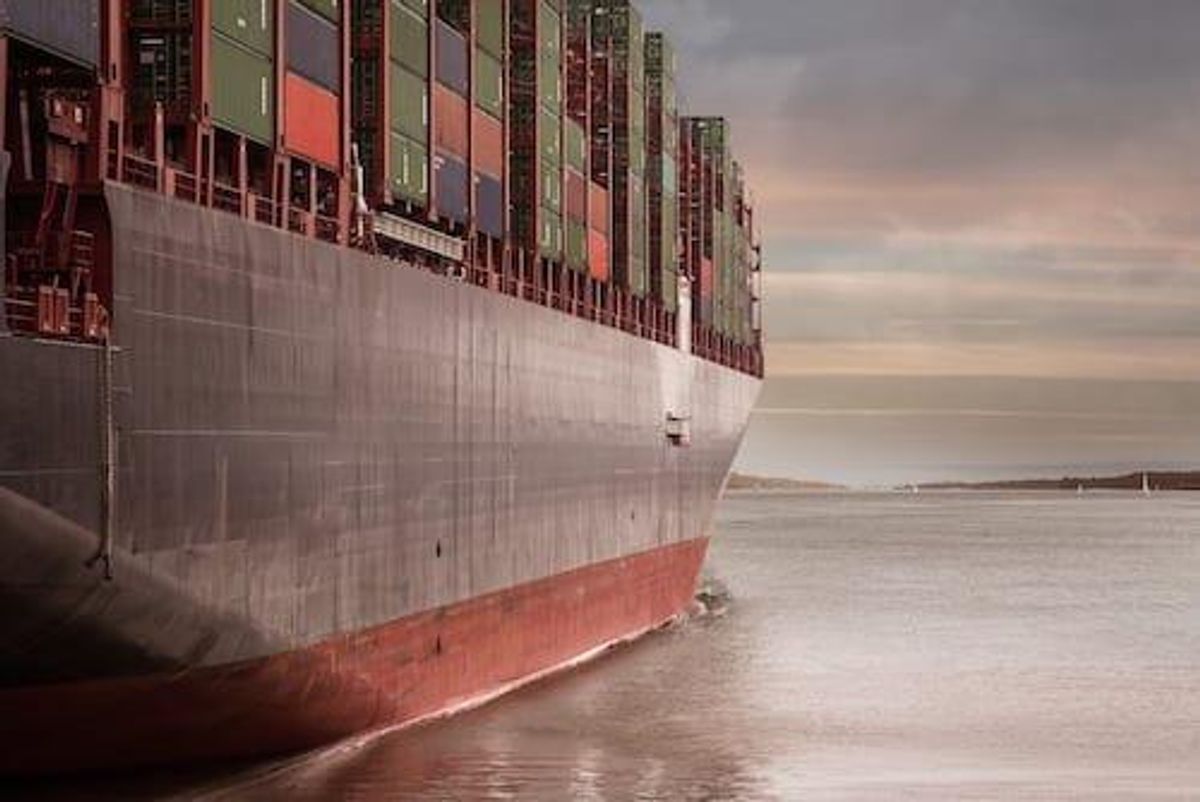Port of Gladstone’s LNG Exports Broke Records in 2018
Liquefied natural gas exports out of Queensland’s Port of Gladstone broke records in 2018 with a total count of 20.58 million tonnes.

Liquefied natural gas (LNG) exports out of Queensland’s Port of Gladstone broke records in 2018 with a total count of 20.58 million tonnes (Mt).
A statement from the Queensland Resource Council (QRC) highlights key points from new data released by Gladstone Ports, including the breaking of the previously set 2017 record of 20.23 Mt.
QRC Chief Executive Ian Macfarlane took the data as another sign that Queensland still stands to provide and profit from global demand for LNG.
“Queensland’s LNG sector is forecast to continue its record export growth that is being driven by an energy hungry Asia. China was again the largest customer buying nearly 14.25 Mt followed by South Korea at 3.22 Mt while Japan imported 1.6 Mt,” Macfarlane said in the statement.
According to the release, LNG from Queensland made its way to seven countries last year, including the aforementioned major customers along with Malaysia (0.88 Mt), Singapore (0.47 Mt), the United Arab Emirates (0.06 Mt) and the Philippines (0.06 Mt).
China’s demand for Queensland LNG also grew last year as it made up 69 percent of total exports; in 2017, it accounted for 57 percent. According to a report from the office of the chief economist, China has plans to continue that growth by increasing the amount of gas in its energy imports from 7 percent to somewhere between 8.3 and 10 percent by 2020.
“LNG is likely to play a major role in servicing the rising Chinese gas demand with the country’s LNG imports forecast to reach 53 million tonnes or 73 billion cubic metres in 12 months,” Macfarlane said.
He continued, “[t]he same report found Australia had become the world’s largest single gas exporter, ahead of Qatar, and is on track for annual exports of 77 million tonnes.”
Current economic data from the QRC indicates that the oil and gas industry contributed $8.2 billion to the economy in 2017/2018; it also invested $3 billion with local businesses and community organizations and employed over 39,000 full-time workers across Queensland.
Don’t forget to follow us @INN_Resource for real-time news updates!
Securities Disclosure: I, Olivia Da Silva, hold no direct investment interest in any company mentioned in this article.